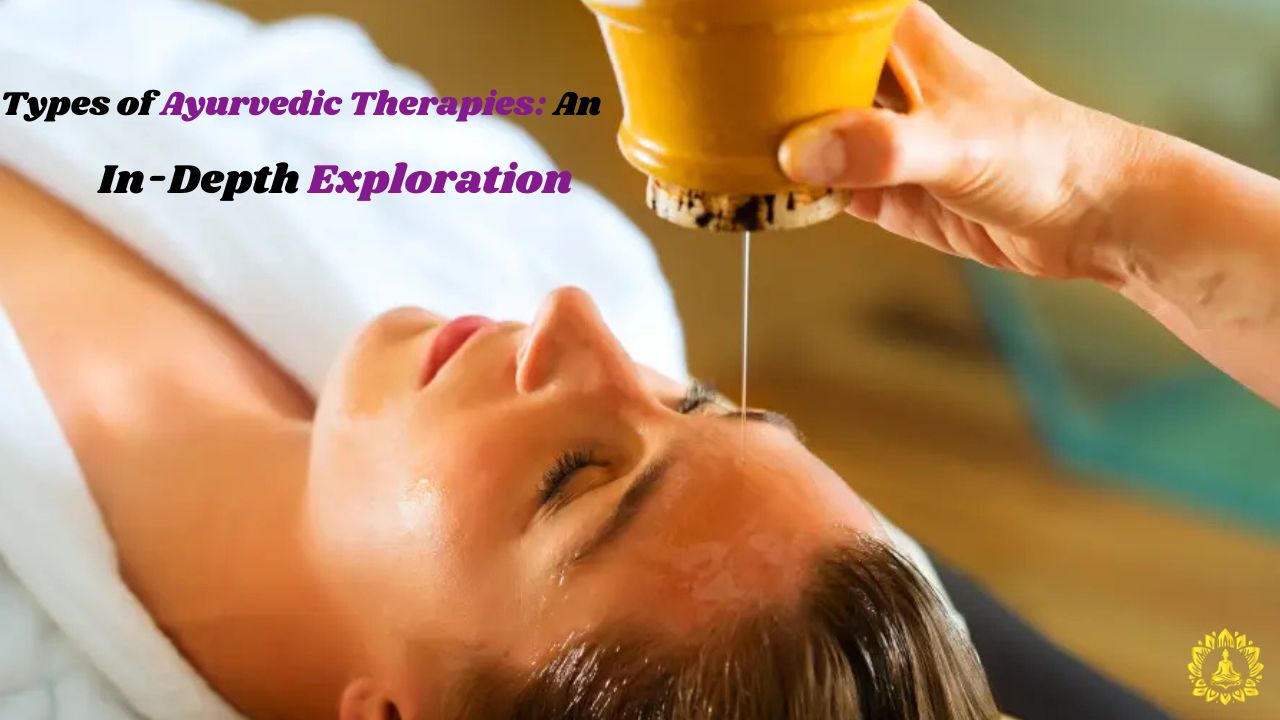This yoga style, which is inscribed in the ancient yoga textbooks, was introduced to the world by Sri K. Pattabhi Jois in the 20th century. Ashtanga Yoga style is also known for its foundational yoga practices of many modern styles. This style of yoga is also known as Yoga therapy to rejuvenate the mind, body, and soul. It also helps in getting a yoga enthusiast prepared for profound spiritual and physical practices, and also aligns our mind and soul. This yoga practice involves a disciplined and structured routine that comes in synchronization with breath and movements.
The holistic path of transformation follows a set structure that helps in restoring inner calmness, good health, and supports your spiritual journey. Ashtanga Yoga laid the foundation stone for a healthier, happier, and purposeful life. It is a natural tool for healing and overhaul. Ashtanga Yoga is one of the oldest forms and its known for the diversities in yoga learning that it brings on.

Understanding the True Meaning of Ashtanga Yoga
The oldest form of yoga, Ashtanga Yoga, is known as ” Asht Anga” or ” Eight parts or limbs” of yoga that are described in the Patanjali Yoga Sutras. The various limbs of yoga include Yoga postures or Asanas, Meditation or Dhyana, Breath control or Pranayama, Moral discipline or Yama, Observances or Niyama, Concentration or Dharana, liberation or Samadhi, and withdrawal of senses or Pratyahara. These 8 limbs form the basis of yoga and spiritual learning.
It helps in combining yoga with the way to live an ethical and happy lifestyle. Yoga, as we are all aware, is not just physical exercise; it is the way of living a life full of happiness and health. Linked with the breath and movements, Ashtanga yoga helps in the overall rejuvenation of a person. In Ashtanga yoga, you have to go through various symmetrical schedule. It starts with the basic level primary series, and once a person gets familiar, it follows a progressive path and moves towards the advanced series.
Know About the Primary Ashtanga Yoga Series
While doing Ashtanga yoga, you must start your practice with this primary series. This series is also renowned as Yoga Chikitsa. This style of yoga is known for its utmost benefits, including detoxification of the body, enhancing strength, endurance, and flexibility. Ashtanga Yoga is very useful in providing strength to internal organs and can create a strong foundation for yoga learning. Not only physical, but this yoga is known for its overall benefits.
This yoga series follows a particular sequence assigned in a fixed order to get proper symmetry so that maximum benefits can be achieved. Nowadays, class varies from one to another, they don’t have any specific sequence. But the Ashtanga Yoga class runs on a proper schedule and sequence. This results in providing consistency, personal growth, discipline, and memorization. The primary series of Ashtanga Yoga helps in the following ways:
Align the Spine
Helps in purifying the internal organs
Enhance stamina and flexibility.
Increase stamina and flexibility.
Create a foundation for advanced yoga asanas.
Increases self-awareness and profound breathing
Structure of the Primary Series
The Primary Series of Ashtanga Yoga series can be classified into various sections:
Opening Sequence
The Ashtanga Yoga practice or opening sequences initiate with the Surya Namaskar or Sun salutation A and B’s five sequences. These yoga exercises are for warming up. Moreover, it helps in making proper synchronization of movement and breath, along with building up internal heat.
Surya Namaskar A: Made from upward stretches and forward bends.
Surya Namaskar B: It includes Virabhadrasana or warrior pose and Utkatasana or chair pose.
After that, you can do some standing yoga poses. They are
Forward Bend: Padangusthasana and Padahastasana
Trinagle Poses: Trikonasana and Parivrtta Trikonasana
Extended Side Angle: Utthita Parsvakonasana
Wide-legged forward bends: Prasarita Padottanasana A-D
These yoga poses help in preparing your body for the spinal stretches and hip opening, and grounds the body.
Seated Postures
This segment of Ashtanga involves various sets of twists, hip openers, forward bends, etc. Various Yoga Asanas are:
Head-to-knee poses or Janu Sirsasana A, B, C
A series of seated twists and binds, or Marichyasana A-D
Seated forward bend or Paschimottanasana
Boat pose or Navasana
Arm balances and deep hip openers, or Bhujapidasana, Kurmasana, and Supta Kurmasana
These yoga poses help in enhancing the flexibility, strength, and harmony. Moreover, it is useful in detoxifying digestive system and stabilizing breath.
Backbends and Counterposes
After completing arm balances and forward bends, students go for spinal extension through Bridge pose or Setu Bandhasana and Wheel Pose or Urdhva Dhanurasana. These poses listed in backbends help in providing concentration, maintaining the flow of blood, and harmonizing the energy of a person. Various poses that follow the extensions are:

Shoulder Stand or Sarvangasana
Plow Pose or Halasana
Fish Pose or Matsyasana
Headstand or Sirsasana
Closing Sequence
The completion sequence are:
Yoga Mudra
Lotus Pose or Padmasana
Utpluthih
Corpse pose or Savasana.
The Tristhana: Breath, Drishti, Bandha
These segments help in turning the practices of yoga into mental overhaul activities. These components together possess the spiritual and mental benefits. These are:
Breath Control or Pranayama
Every deep breath is linked with specific movements. Deep pranayama methods such as Ujjayi Pranayama enhance concentration and energy.
Gaze Point or Drishti
Every yoga asana in this type helps in developing focus at one point.
Energy Locks or Bandhas
These energy locks and bandhas help in maintaining stability and the generation of positive energy.
Therapeutic Benefits of the Primary Series of Ashtanga Yoga
Primary series is also known as Yoga Therapy. This yoga series comes with immense benefits ranging from physical, spiritual, and mental benefits.
Physical Benefits:
Tone your muscles
Enhance Flexibility
Core Strength Increment and Spinal Health
Detoxify via breath and sweat
Improved circulation
Strengthen the digestive system
Stronger endocrine and nervous systems
Mental and Emotional Benefits:
Decrease stress and anxiety
Increase concentration and clarity
Results in emotional stability
Building patience and discipline
Spiritual Benefits:
Awakening kundalini energy
Maintaining inner peace
Established Profound self-connection
Reaching higher states of awareness
Tips for Practicing the Primary Series
– Start with easy postures.
– Learn to concentrate on breath
– Start practising 3-4 days a week
– Don’t overload your body. Be gentle
– Always start your yoga training under the guidance of a qualified yoga teacher
– Take a rest between two sessions or two sequences







